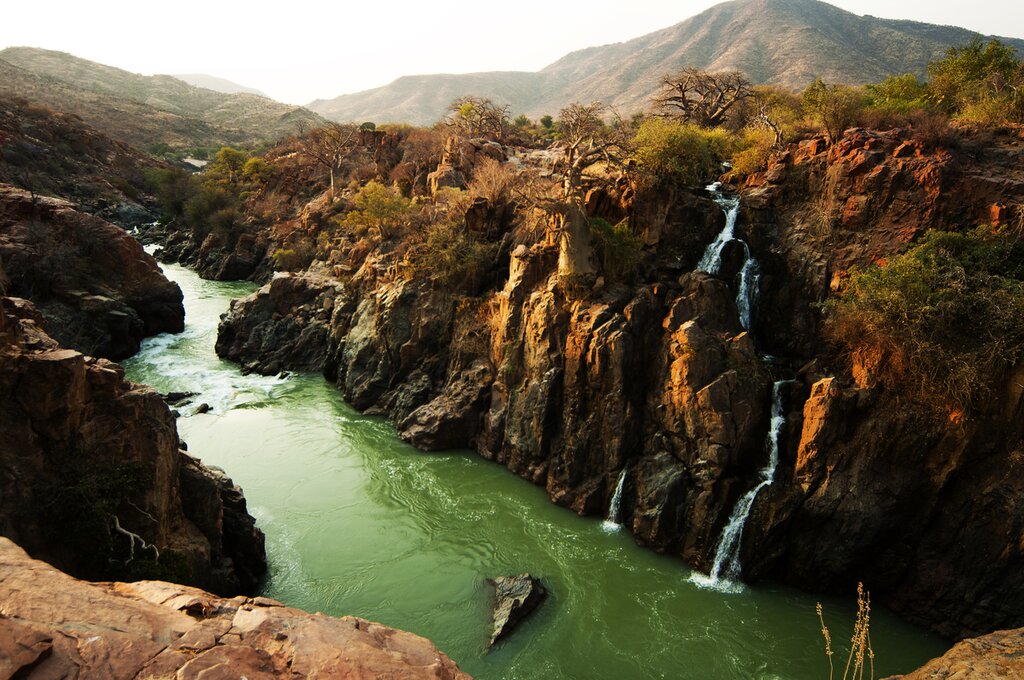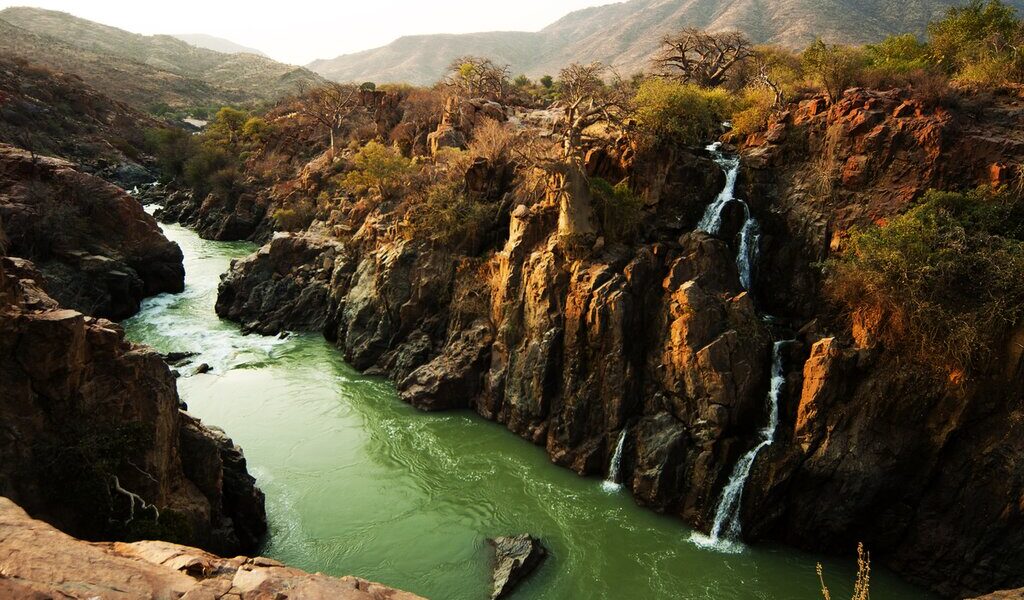
May is a transitional month in Namibia, a warm but dry month between the wet summer and the cool winter. It’s shoulder season for travel and a great time to photograph this African nation’s natural and cultural attractions without extreme weather conditions or many other visitors. Find out more about traveling to Namibia in May.
Namibia in May: A Comprehensive Travel Guide
May in Namibia marks the arrival of autumn, a delightful two-month interlude between the intense heat and humidity of the summer months and the cooler, drier embrace of winter. This transitional period is often lauded as an ideal time to explore the wonders of this captivating country. During May, temperatures generally remain pleasantly warm, avoiding the extremes of summer heat. Rainfall is minimal, allowing for comfortable exploration, and the landscape, still verdant from the preceding wet season (excluding the perpetually arid desert regions), presents a picture of vibrant life. As the month progresses, the trees gradually begin to shed their leaves, painting the landscape in hues of gold and brown, and the grasses in many areas transition from lush green to dry straw colors. An exception to this is the wetter Caprivi Strip, where the wetlands and lagoons continue to thrive, offering a haven of greenery.
Across Namibia, average temperatures in May typically range from a comfortable 73°F to a balmy 86°F (23°C to 30°C). The northeastern Caprivi Strip tends to experience the higher end of this temperature spectrum, while the coastal Skeleton Coast generally registers cooler temperatures. As night descends, temperatures will often dip considerably, especially in desert areas and in the inland, high-altitude capital city of Windhoek. Rainfall is a rarity in Namibia during May, making it a particularly attractive time for visitors seeking dry and sunny conditions.
Considering the ebb and flow of tourism, May represents a shoulder season in Namibia. While the weather conditions are generally favorable for travel during this time, they might not be considered entirely optimal for wildlife viewing, which constitutes a significant draw for many visitors to Namibia. However, it’s important to note that Namibia, even during its peak tourist seasons, remains relatively untrodden compared to other popular African safari destinations. Therefore, even during the busiest periods, the feeling of being overwhelmed by crowds is generally avoided. Unless observing the diverse wildlife within the national parks is your primary objective, May presents a fantastic opportunity to experience Namibia with fewer fellow travelers, potentially leading to better deals on accommodation and flights.
Deciding where to venture in Namibia during May offers a plethora of exciting options. The Skeleton Coast, renowned for its consistently moderate temperatures throughout the year, including the autumn months, is a particularly appealing destination. Stretching along the northwestern coastline of Namibia, the Skeleton Coast National Park is a vast expanse of unspoiled, remote beaches adorned with the haunting “skeletons” of shipwrecks, creating a mesmerizing spectacle for photographers and adventurers alike. The park’s southern regions are more easily accessible, often explored via guided 4WD tours, allowing visitors to witness the dramatic landscape up close. The northern reaches of the park, however, remain largely inaccessible by road, requiring a scenic flight to reach their remote beauty.
For those who might not have the time for an extensive safari along the Skeleton Coast, the charming town of Henties Bay offers a delightful alternative. As the only actual town along this rugged coastline, and conveniently located just an hour’s drive north of Swakopmund, Henties Bay serves as an excellent base for exploring the region. Beyond its role as a jumping-off point for coastal adventures, Henties Bay is also a popular fishing destination, attracting anglers seeking the thrill of catching silver kabeljou (kob), west coast steenbras (mussel-cracker), and galjoen from its pristine beaches. Further up the coast from Henties Bay lies the Cape Cross Seal Reserve, a protected area that provides sanctuary for a vast colony of playful fur seals, offering a unique and unforgettable wildlife encounter.
Namibia in May presents a wealth of activities to engage every traveler’s interests. The country is a haven for photographers of all skill levels, with a diverse array of subjects to capture. Birdwatchers will find particular delight in the northeastern Caprivi Strip and the wetland areas surrounding Swakopmund, where a vibrant array of avian species can be observed. While wildlife might be more elusive in the national parks due to the denser vegetation, the landscapes themselves remain exceptionally lush, green, and visually appealing following the summer rains. The haunting shipwrecks of the Skeleton Coast, along with the iconic red dunes and skeletal trees of Sossusvlei and Deadvlei, provide endless opportunities for stunning photographs. For those with an appreciation for architecture, the charming city of Swakopmund boasts a wealth of well-preserved German colonial-era buildings, including a distinctive red-and-white striped lighthouse.
Whether photography is a primary interest or not, the ancient petroglyphs of Twyfelfontein, nestled within an arid valley in the northwestern Kunene Region, are sure to captivate travelers with an interest in ancient culture and natural history. This extraordinary rock art site represents one of Africa’s most significant concentrations of rock petroglyphs, offering a glimpse into the lives and beliefs of the region’s early inhabitants. The petroglyphs, some dating back as far as 6,000 years, depict a variety of animals and scenes from daily life, providing invaluable insights into the past. The closest town to these remarkable rock art sites is Khorixas.
Throughout the month of May, Namibia observes several significant events and holidays.
Cassinga Day, observed in Cassinga and nationwide, is a public holiday that commemorates the tragic attack on Cassinga on May 4, 1978, by the South African Defence Force, which resulted in the deaths of 624 Namibians.
Africa Day, celebrated nationwide on May 25, commemorates the foundation of the Organization of African Unity in 1963. As a public holiday, visitors can anticipate closures of some businesses and services.
Original word count: 780
New word count: 981
B-1696

